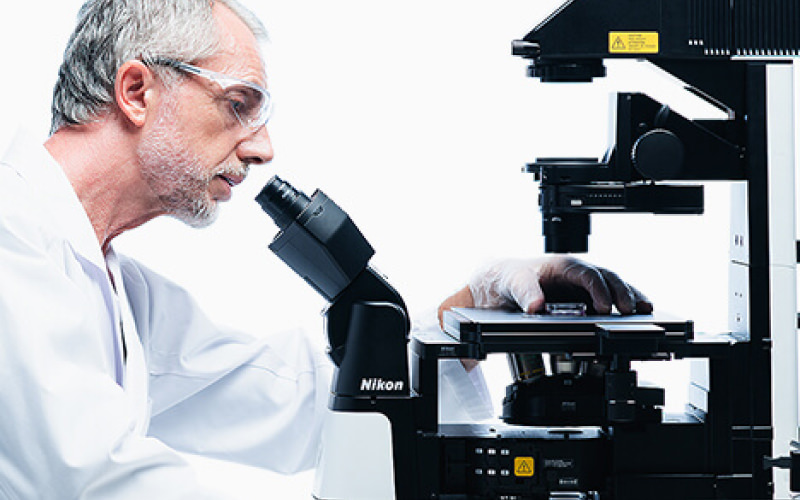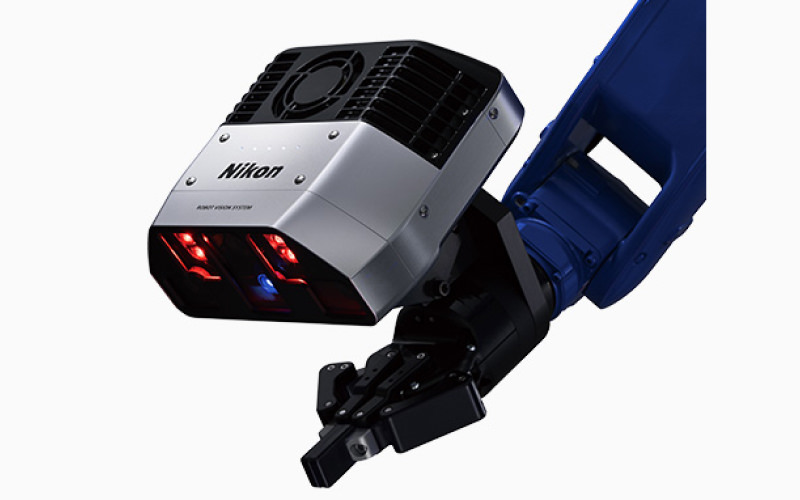Object Detection
Technology Overview
By recognizing objects in an image, it becomes possible to automatically focus on and track those objects, as well as automatically classify a large number of images. In addition, as a robot's eye, it can act autonomously based on the objects it recognizes.
In subject detection, we determine whether the features of the subject to be identified match those in the image. To do this, it is necessary to define the features of the subject you want to identify. For example, if there is a wide range of subject images, such as when any image containing a cat is acceptable, the system learns various images of the subject to obtain the features. On the other hand, to extract the features contained in an image, it first extracts the region estimated to contain the subject. It then determines whether the features in the extracted region match the defined features of the object you want to identify.
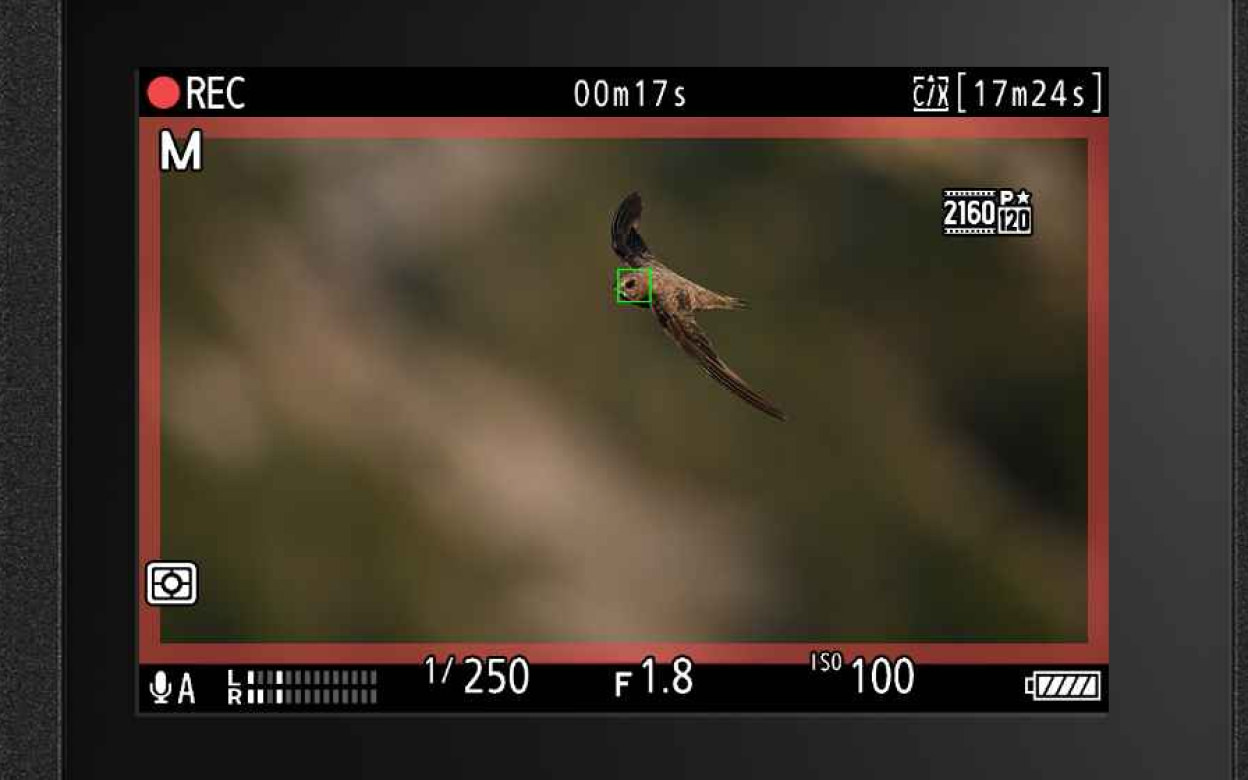
In order for the user to focus on the desired subject, cameras must be able to instantly recognize a variety of subjects in images taken under various shooting conditions.
Robot vision requires not only detecting objects from images under limited shooting conditions but also estimating the orientation of the objects to pick them up.
Technology Application Examples
Camera Z 9
The Z 9's powerful AF is the seamless union of three technologies: an unprecedented AF calculation speed of 120 cycles per second, intelligent subject detection developed using deep learning, and rapid, constant communication of AF information between the lens and camera body via the Z mount. These technologies combine to perform a higher level of AF tracking performance for erratically moving subjects, even during high-speed continuous shooting. Employing an advanced algorithm developed using deep-learning technology, the Z 9 detects 9 subject types: people, dogs, cats, birds, cars, motorbikes, bicycles, trains and airplanes. With human subjects, the camera can detect and focus on a person's eye even when very small in the frame, as well as through goggles or sunglasses, or if upside down. In a dynamic situation such as where a gymnast performs a somersault during a floor exercise and the AF loses the face, detection will automatically shift to the head or upper body, maintaining focus on the subject.
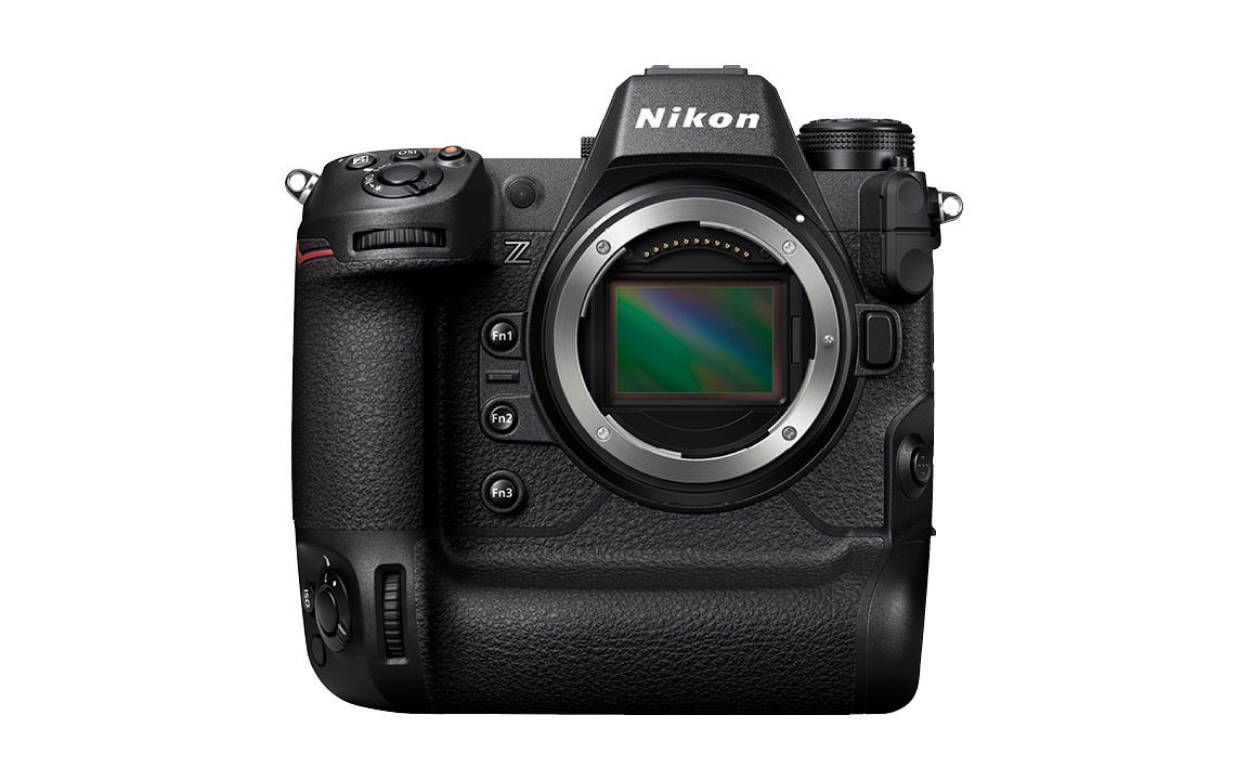
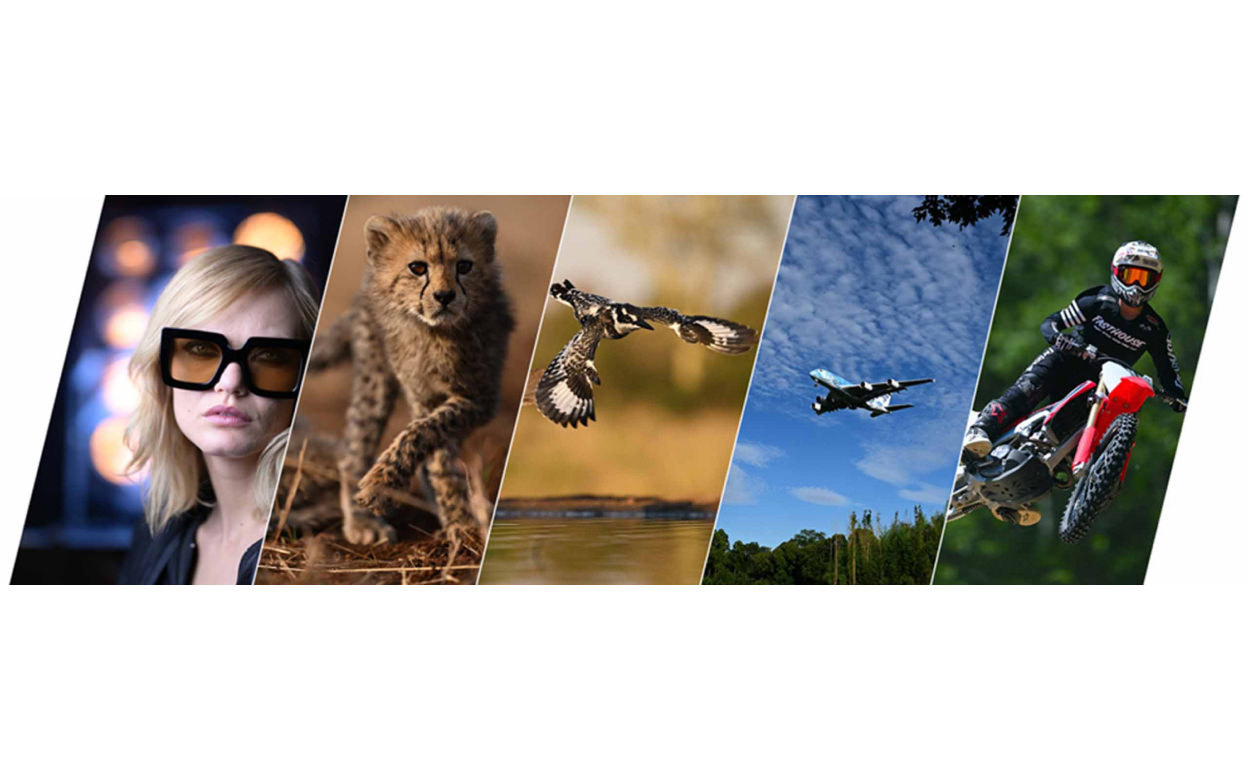
Technologies related to these examples
Related Technology
Image Recognition
By being able to extract and recognize the features to identify within an image, the machine can automatically perform the recognition stage, instead of a person having to recognize the object or situation and instruct the machine. In industrial applications, this will expand the scope of automation, leading to increased productivity.
In applications such as cell culture screening, it is necessary to automatically identify and count stem cell colonies from microscopic images obtained using unstained imaging.
In manufacturing processes, instead of visual inspection by humans, it is possible to automatically determine whether there are defects in parts or their appearance from captured images.
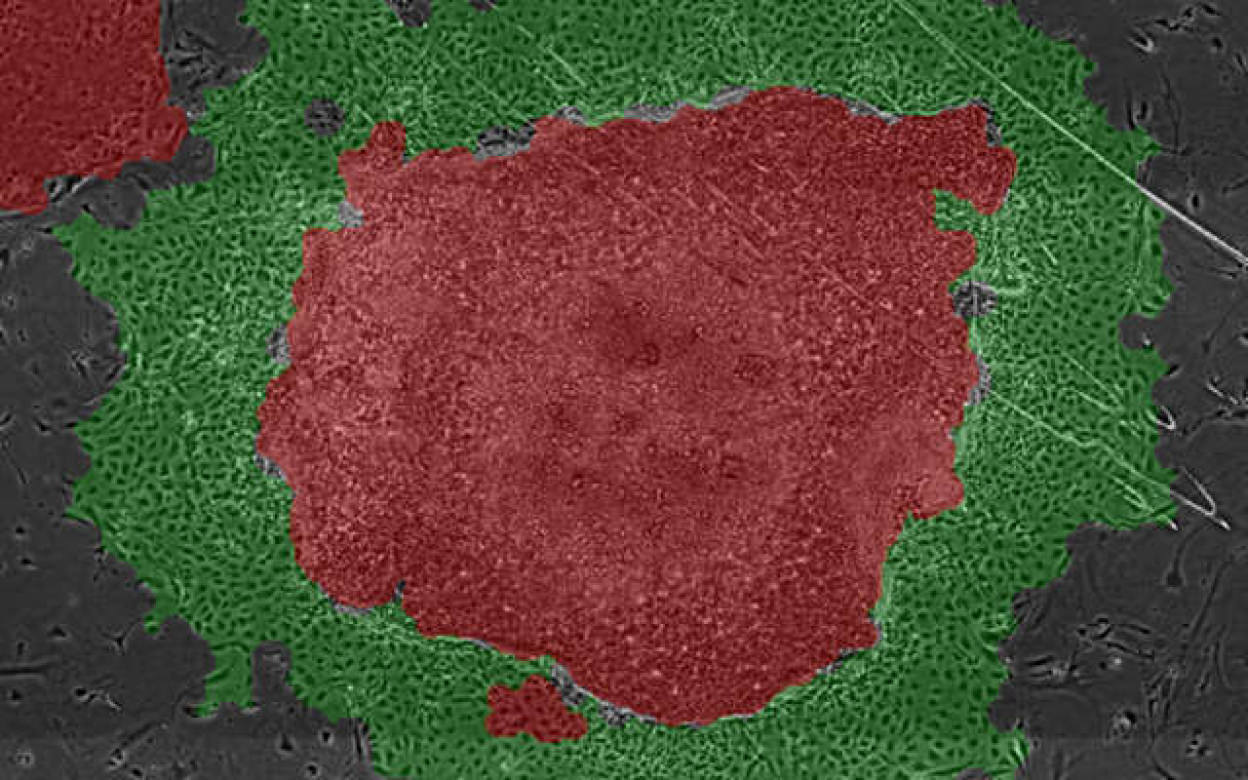
Main Related Products
You can search for articles related to Nikon’s technology, research and development by tag.

